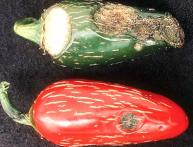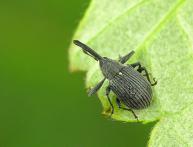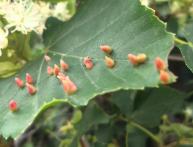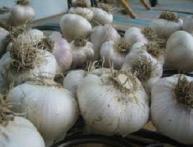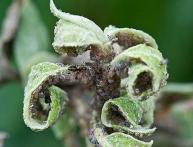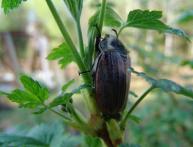First spring treatment of currants before buds open
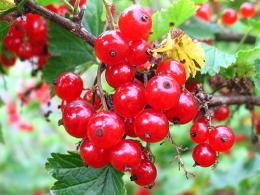
White, black, and red currants are a storehouse of vitamins. Almost no garden plot is complete without a currant bush. In the basement of every housewife there is a jar of jam made from this berry, which contains a lot of vitamin C. The period of a cold is simply unthinkable without currant jam.
Spring processing of currants kills pests that have overwintered in it and promotes a good harvest. During the period of bud swelling and flowering, it is very good to pour hot water over the bush, temperature 70 degrees. You need to douse it quickly; the water procedure will kill overwintering insects.
You need to loosen the soil under the bush, remove all the weeds, sprinkle ash on top and add fertilizer. The best thing for currants is dug up soil without weeds. To prevent the growth of weeds, it is good to mulch the ground around the trunk with fresh mown grass or tops from potatoes and tomatoes. Roofing felt or old cardboard is suitable as mulch, which will retain the necessary moisture.
Every spring must be spent bush inspection, remove old and diseased branches. If the plant is older than 3 years, then it is necessary to prune, leaving no more than 8 branches at the base, the rest are cut off. Treat the cut areas with garden varnish. If you do not cut off the branches and allow them to grow freely, this will lead to the formation of a dense center. The leaves of the middle branches will not receive enough sunlight and will begin to fall off prematurely, causing the branches to dry out.
Spring processing of currants involves treating the bush with chemicals before flowering begins. This is contraindicated during the flowering period.
The first spring treatment of currants against pests is carried out before the buds open.
After winter, the tick begins to become active, laying its eggs in the kidneys. To prevent this, treat the bush 0.1% Decis solution.

